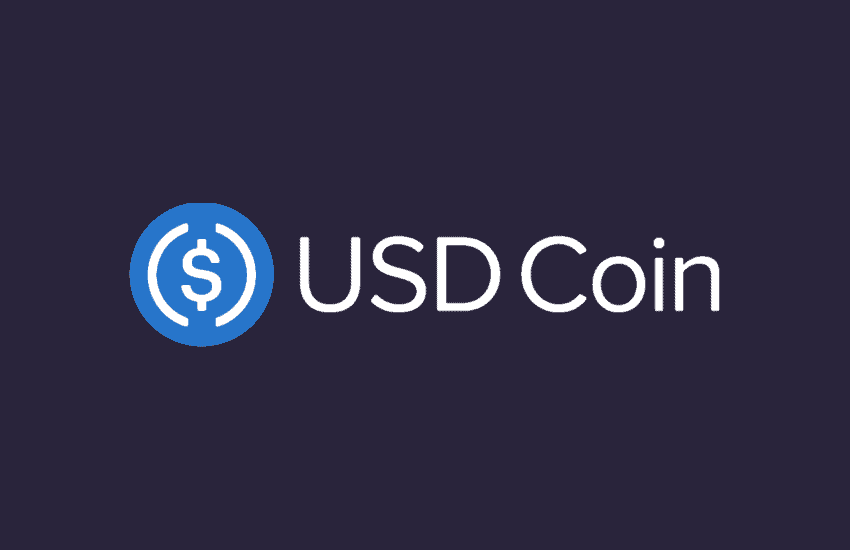Stablecoins are exactly what their name suggests: Coins on a blockchain whose price is stable relative to a “real world” reference such as the US dollar, Swiss franc or gold. That means that stablecoins try to bring a stable, value-preserving element into the otherwise often crazy volatile crypto world (Wasn’t there something similar before? Weren’t most fiat currencies like USD or CHF linked to gold some time ago?!) . You don’t have to be a DeFi expert to understand that stablecoins are not just the “boring cryptos”, but rather represent very central Lego building blocks in the DeFi universe. Their market capitalization is correspondingly large: If we leave the crypto giants Bitcoin and Ether aside, then according to Coingecko we find among the top three coins by market cap two stablecoins: Tether at No. 1 (market cap of $82B) and USDC at No. 3 (market cap of $52B). Only Binance Coin (the native coin of Binance Chain) makes it into the top three as the only non-stablecoin.
Now let’s take a look at what USDC is and what makes this stablecoin so important: USDC stands for USD Coin and is a stablecoin launched by the tech company Circle and whose value is linked to the US dollar. It is important to understand that this is a privately launched coin and does not represent a Central Bank Digital Currency (CBDC). USDC achieves “linking” to the value of the US dollar by depositing one US dollar with a regulated financial institution for each newly created (“minted”) USDC.
But wait! That doesn’t really sound like a decentralized solution?! That’s right, with this centralized security of value, USDC is definitely leaving the club of truly decentralized tokens. However, this does not seem to have affected its popularity… on the contrary. Such a centralized solution involving regulated players appears to be a plus for institutional investors in particular. It is also important to mention that in the meantime, USCD is not only available on Ethereum, where USCD was launched in 2018, but is now a multichain coin that can also be used on blockchains such as Algorand, Avalanche, Hedera, Solana, Stellar and Tron. This multichain availability beyond Ethereum makes USDC particularly attractive as a means of payment, because it allows payments to be accepted in a single digital currency across numerous blockchains… and outside of Ethereum this is possible at extremely low transaction prices.
So, enough about the intro, definition and background… let’s now look at a few concrete stablecoin use cases that might also be relevant for you:
Use case 1 – Protect yourself from a crypto crash in a cheap way
The crypto space is notorious for its high volatility. A 50% slump in the value of a coin within a few weeks is not uncommon. So how can you keep your hard-earned coins safe when you expect the price to fall? One solution would be to quickly exchange your tokens for a fiat currency like the Swiss Franc via a centralized exchange (CEX) like Binance or Coinbase and then come back into the DeFi world when the price drop is (hopefully) over. However, if you do this ramp-off and ramp-on frequently and with small amounts, then your performance will suffer from the high CEX fees. An alternative solution would be that you don’t ramp off to a fiat currency, but instead stay on the chain and exchange your coins for USCD. Not only is this cheaper, it’s also easier and faster (better UX) than going through a CEX… and it’s trustless, meaning you don’t have to trust that a single centralized player won’t “lose” your tokens.
Use case 2 – Get paid in a stable currency
If you work in Switzerland, you will most likely be paid in Swiss francs for your work, which “of course” is no problem. Depending on the country and local currency, however, this looks different, so that payment in cryptos is becoming more and more common. (Check out this article which describes the situation in Argentina.) And who would want a payment in tokens, which might be worth 50% less in a month? Here, a stablecoin as USDC is often used as a solution.
Use case 3 – Accept payments from numerous blockchains in your Web 3 shop
We briefly touched on this use case above: For example you might have a web shop and would like to make use of the new Web 3 payment options. In this case you have a suitable payment solution with USDC, which not only guarantees you a stable exchange value for your goods, but which is also connected to the ecosystems of numerous leading blockchains.
So, this is our little introduction to USDC. I wish you a lot of fun trying it out!
